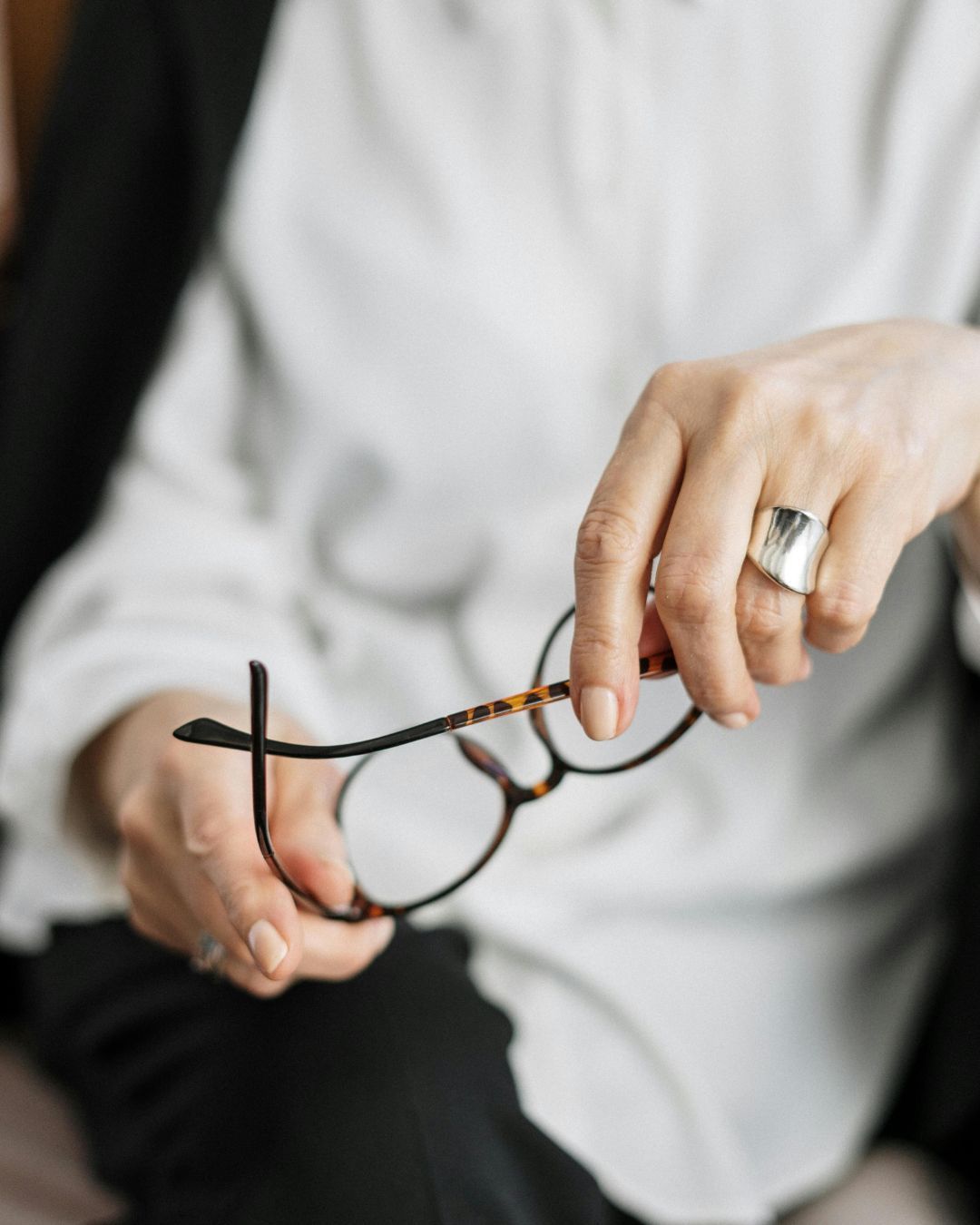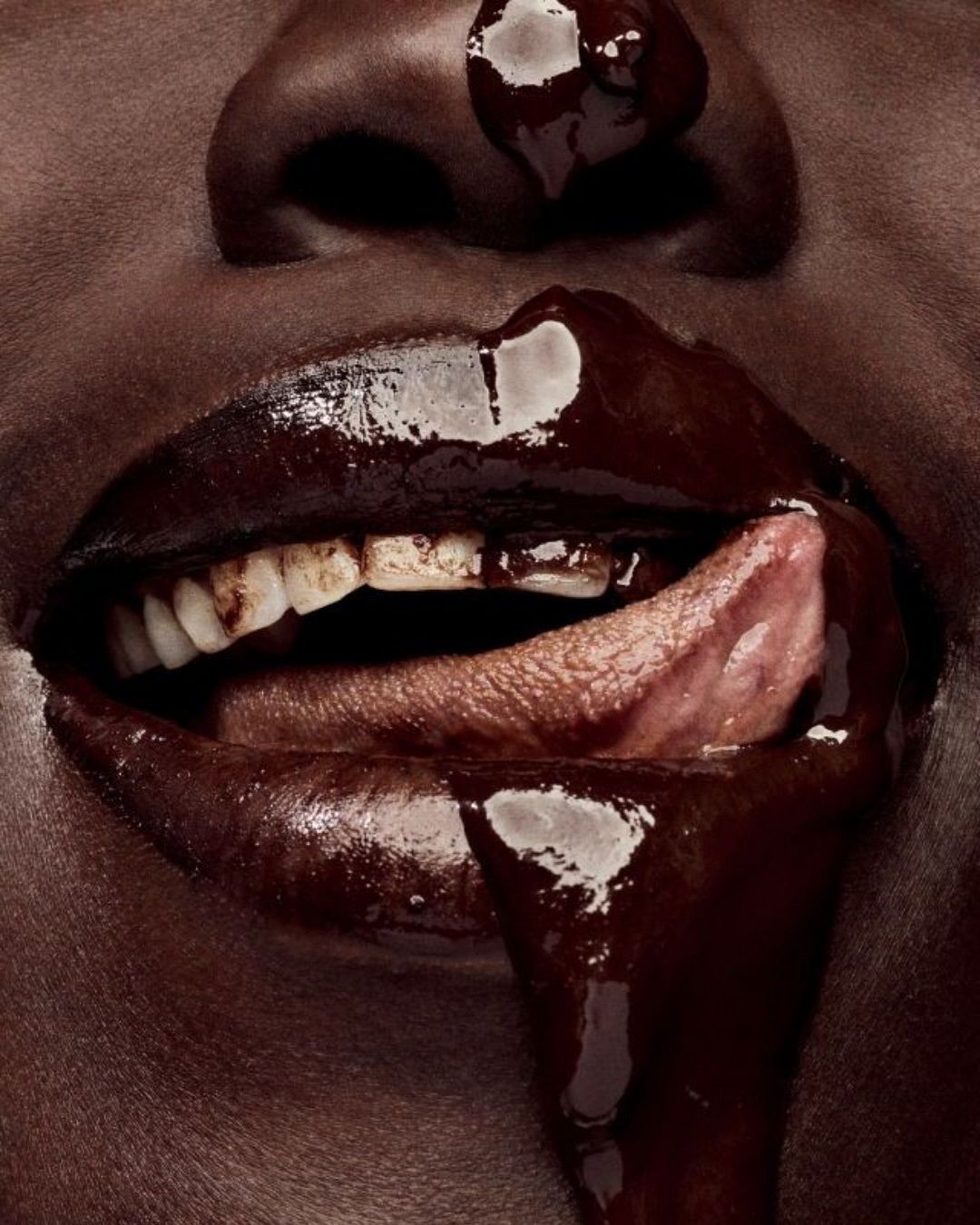
Women have less access to medical care than men The case of endometriosis and the Gender Health Gap
Endometriosis is a chronic and neuro-inflammatory condition affecting millions of women worldwide, causing debilitating pain that often interferes with daily life. The global prevalence of this disease is estimated to be between 30-40% in women with chronic pelvic pain or fertility issues and 2-10% in women of reproductive age.
What is Endometriosis?
Endometriosis is characterized by the presence of endometrial tissue outside the uterus, causing not only pelvic pain but also irregular menstrual cycles, difficulties in urination, anorectal alterations, and often dyspareunia and other sexual difficulties.
The Gender Health Gap and Difficulties for Women in Italy
However, despite its prevalence and significant impact on quality of life, there is a concerning gender gap in the medical field that hinders access to proper diagnosis and treatment for women suffering from this condition and beyond. This delay further damages the physical and mental health of the patient and brings with it substantial economic and social problems. In Italy, the gender gap in health is quite wide, ranking 63rd globally. This gap is reflected in significant differences in investment and management of diseases between men and women, resulting in less access and quality of care for women.
Data on Access to Care
A study by McKinsey&Company revealed that 64% of women experience difficulties in accessing care compared to only 10% of men. This health gap translates to 75 million years of life lost for women, equivalent to about 7 days of life per woman per year. According to the World Economic Forum, addressing the women's health gap could boost the global economy by at least 1 trillion dollars by 2040. In the report "Closing the Women’s Health Gap: A $1 Trillion Opportunity to Improve Lives and Economies" by the World Economic Forum, we learn that closing the women's health gap could add at least 1 trillion dollars to the global economy by 2040. This economic increase would correspond to a 1.7% growth in per capita GDP.
The Social Aspects of the Gender Health Gap
Looking at the social aspect, we note that only 50% of clinical studies report sex-disaggregated data and that 64% of therapies analyzed were found to be less effective for women than for men, while only 10% were less effective for men. Unfortunately, this delay doesn't only affect the so-called invisible diseases; women are diagnosed later than men for over 700 diseases. For cancer, it takes an average of 2.5 years longer; for diabetes, the diagnosis delay for women is 4.5 years compared to men. Only 4% of the US National Institutes of Health (NIH) budget for cardiovascular diseases is dedicated to research specifically for women, despite the fact that women have a 50% higher risk of dying in the year following a heart attack. Additionally, 50% of the disease burden affects women of working age, reducing their economic participation and productivity.
Diagnosing Endometriosis
Women with endometriosis often face a long and frustrating diagnostic journey that takes an average of 7 to 10 years to obtain a correct diagnosis. This delay is due to a combination of factors, including the lack of awareness about the disease among healthcare professionals and the tendency to minimize women's reported symptoms. As reported, endometriosis not only affects physical health but also has a significant impact on women's work and social life; chronic pain and frequent medical visits can lead to reduced work productivity and, in some cases, job loss. This further amplifies the economic gender gap, contributing to wage inequalities and limited career opportunities.
I Am Worth More
The Italian Endometriosis Foundation has developed the "I Am Worth More" campaign to fight inequality in health and promote equity in medical treatment. They have declared: "We want to ensure equal access to adequate care for every individual, regardless of gender, sex, sexual identity, sexual orientation, age, race, ethnicity, religion, disability, education, income level, or any other distinguishing characteristic". Women spend 25% of their lives in poor health, it's time to change that.
























































